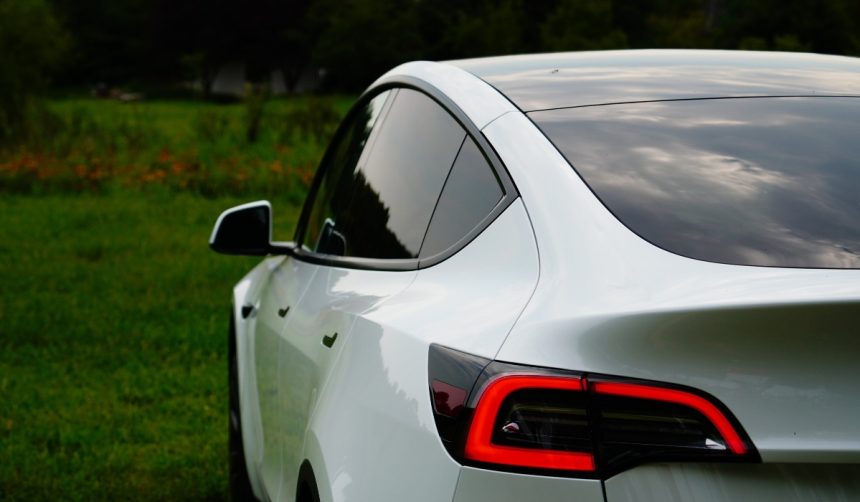Tesla has introduced a sophisticated safety feature in the latest model of its popular electric vehicle, the Model Y, addressing in-cabin safety concerns. With the growing emphasis on passenger protection, particularly that of vulnerable occupants like children, the enhancement is set to provide additional layers of security. This advanced technology holds potential to prevent fatalities associated with passengers being left inside unattended vehicles.
Previously, similar initiatives by Tesla centered on using sensors and cameras to monitor the cabin environment. Past developments typically targeted improvements in driver assistance systems and entertainment interfaces. However, Tesla’s current implementation takes it a step further, integrating radar technology with capabilities unique to occupant detection and safety system activation. The continuous evolution of Tesla’s features reflects the company’s commitment to improving vehicle safety standards.
How Does the New In-Cabin Radar Work?
Tesla’s new in-cabin radar, incorporated in the Model Y, functions by detecting human presence via monitoring heartbeats, a significant improvement over conventional camera systems. By deploying radar waves, it can accurately sense life inside the car, particularly useful in determining the presence of children, who are more susceptible to harm when vehicles are left unattended. Positioned above the rearview mirror, the radar system plays a crucial role in various safety features, including automatic parking brake engagement and occupant classification.
Why Is Automatic Parking Brake Engagement Significant?
The introduction of automatic parking brake engagement in Tesla’s Model Y highlights an industry shift towards enhanced passive safety measures. This feature activates automatically when occupants leave the vehicle, preventing unintended rolling, thereby reducing risk in potential roadside or parking lot scenarios. Historically, Tesla emphasized driver and passenger recognition systems, but this additive functionality broadens the security spectrum, enhancing the vehicle’s utility in everyday life.
What Are Tesla’s Goals With This Technology?
Tesla aims to advance automotive safety by integrating this technology into its vehicles and maintaining its reputation as a leader in electric car innovation. By refining its in-cabin radar system, the company addresses a critical safety need and shows responsiveness to regulatory requirements outlined by organizations like the FCC. Their goal is to establish a standard for future vehicle safety systems, ensuring all passengers, especially children, have adequate protection during commutes.
The continuous development of in-cabin safety technology signifies a proactive approach in addressing specific safety scenarios and is expected to set trends in automotive design. By focusing on real-world applications and potential risks, Tesla reinforces the importance of comprehensive safety measures. This new implementation not only enhances vehicle functionality but potentially influences regulatory perspectives on passenger safety in the automotive industry.










